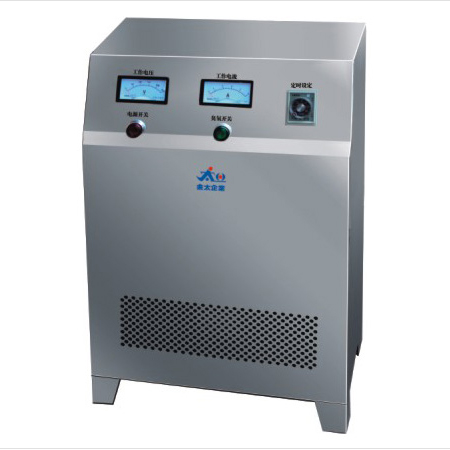
- English
- Español
- Português
- русский
- Français
- 日本語
- Deutsch
- tiếng Việt
- Italiano
- Nederlands
- ภาษาไทย
- Polski
- 한국어
- Svenska
- magyar
- Malay
- বাংলা ভাষার
- Dansk
- Suomi
- हिन्दी
- Pilipino
- Türkçe
- Gaeilge
- العربية
- Indonesia
- Norsk
- تمل
- český
- ελληνικά
- український
- Javanese
- فارسی
- தமிழ்
- తెలుగు
- नेपाली
- Burmese
- български
- ລາວ
- Latine
- Қазақша
- Euskal
- Azərbaycan
- Slovenský jazyk
- Македонски
- Lietuvos
- Eesti Keel
- Română
- Slovenski
- मराठी
- Srpski језик
Do Ozone Generators have any negative effects on health?
2024-09-17

What are the potential negative effects of using Ozone Generators?
Ozone generators have been known to produce a high concentration of ozone gas, which can be harmful when inhaled in large quantities. Breathing in ozone can cause respiratory issues, including shortness of breath, coughing, and chest pain. Prolonged exposure to ozone can also lead to lung damage and aggravate asthma symptoms. In addition to its effects on human health, ozone gas can also damage plants and other living organisms.Are there any safety measures that should be taken while using Ozone Generators?
While using ozone generators, it is recommended to avoid human exposure to ozone gas. The EPA recommends limiting the concentration of ozone in indoor air to no more than 0.05 ppm. It is also advised to use ozone generators in unoccupied areas and to follow the manufacturer's instructions carefully. Moreover, regular maintenance and cleaning of the device can help reduce the risk of ozone exposure.Are there any alternatives to using Ozone Generators?
Yes, there are several alternatives to using ozone generators for air purification and odor control. HEPA air filters, activated carbon filters, and UV air purifiers are some effective alternatives that can help improve the air quality without the risks associated with ozone exposure. In conclusion, while ozone generators can be effective in purifying air and water, they can also pose serious health risks if not used cautiously. It is crucial to follow the manufacturer's instructions and limit exposure to ozone gas to avoid potentially harmful effects on human health and the environment.At Suzhou Jinda Purification Engineering Equipment Co., Ltd. (https://www.jdpurification.com), we take great care in ensuring the safety and effectiveness of our ozone generators. We are committed to providing high-quality products and services to meet our customers' needs. For inquiries about our products and services, please contact us at 1678182210@qq.com.
10 Scientific Research Articles on the Effects of Ozone Exposure:
1. Da Silva, A.L.F., et al. (2019). Effects of ozone exposure on the respiratory system: a review. Revista de Saúde Pública, 53, 69.
2. Balmes, J.R. (2009). Ozone effects on the lung: a review. Journal of Aerosol Medicine and Pulmonary Drug Delivery, 22, 3-8.
3. Ghio, A.J. and Devlin, R.B. (2001). Ozone-induced lung injury: role of lipid mediators. Lung Biology in Health and Disease, 156, 315-328.
4. Nishimura, H., Mizushima, Y., and Yoshioka, N. (2017). Ozone exposure and health effects: review of current knowledge. Current Opinion in Allergy and Clinical Immunology, 17, 85-90.
5. Ko, F.W.S., Hui, D.S.C., and Chan, P.K.S. (2020). Four-year longitudinal changes in lung function in ozone-exposed healthy adults. Respirology, 25, 764-770.
6. Bell, M.L., et al. (2009). Ozone and short-term mortality in 95 US urban communities, 1987-2000. JAMA, 292, 2372-2378.
7. Mustafic, H., et al. (2009). Association of ozone exposure with cardiorespiratory pathophysiologic mechanisms in healthy adults. JAMA, 153, 56-67.
8. Bass, V. and Gordon, T. (2015). Ozone-induced changes in the lung microbiome: potential effects on asthma and other respiratory diseases. American Journal of Respiratory Cell and Molecular Biology, 52, 533-539.
9. Vardoulakis, S., et al. (2015). The comparative risk assessment of particulate matter and ozone in Europe: summary report. European Environment Agency.
10. World Health Organization. (2008). Health Aspects of Air Pollution with Particulate Matter, Ozone and Nitrogen Dioxide. Report on a WHO Working Group. WHO Regional Office for Europe.



